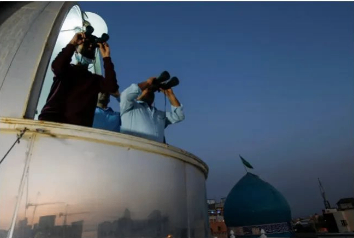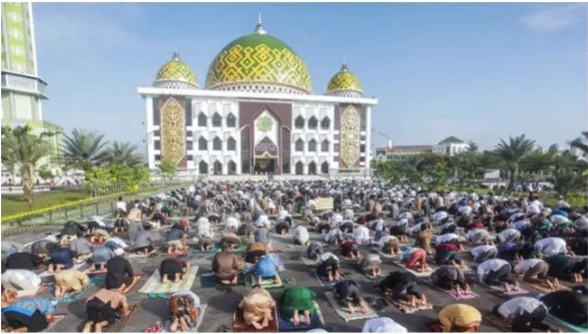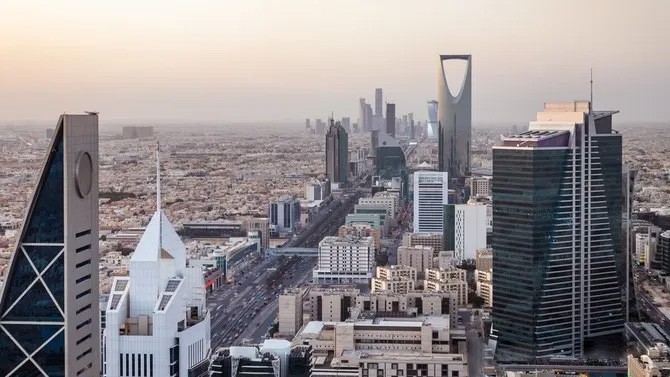
According to astronomical calculations, Ramadan in 2025 will start on March 1 (Saturday) and last for 30 days. However, if the crescent moon is not sighted after sunset on February 28 (Friday), Ramadan will be postponed to March 2. Islamic countries typically announce the moon sighting results on Friday evening to officially confirm the start of Ramadan.
As the date approaches, Ibrahim Al Jarwan, Chairman of the Emirates Astronomy Society, shared some key details about Ramadan 2025:

Fasting Duration
Early Ramadan: At the beginning of Ramadan, the fasting period (from dawn to sunset) will be approximately 13 hours.
End of Ramadan: By the end of Ramadan, due to changes in sunrise and sunset times, the fasting period will extend to 13 hours and 42 minutes.
Regional Differences: The time for breaking the fast (Iftar) may vary by about 20 minutes between the eastern coast and western regions of the UAE, such as Sila and Al Ghuwaifat.

Weather Forecast
Early Ramadan Temperatures: Temperatures at the start of Ramadan are expected to range between 18°C and 29°C.
End of Ramadan Temperatures: By the end of Ramadan, temperatures will rise to 21°C to 34°C.
Rainfall: The average rainfall during Ramadan is predicted to be between 18mm and 24mm.
Eid al-Fitr
Shawwal Moon: The new moon of Shawwal (the month following Ramadan) is expected to appear on March 29 at 2:58 PM.
Eid Celebration: Since the moon will set shortly after sunset, making it difficult to observe, Ramadan is expected to last the full 30 days, with Eid al-Fitr celebrated on March 31.

During Ramadan, as fasting is observed during daylight hours, many shops and businesses will operate on reduced hours or close for rest, which may cause some inconvenience to daily routines. Plan accordingly and embrace the spirit of this holy month!
Stay tuned for more updates and tips on navigating Ramadan in Dubai!

Customized overseas services for Chinese enterprises
Helping Chinese companies to expand overseas with less worries

